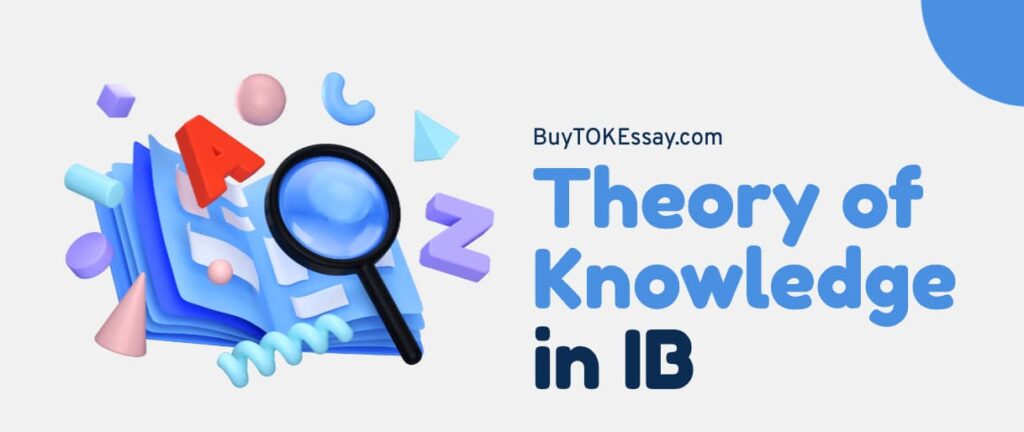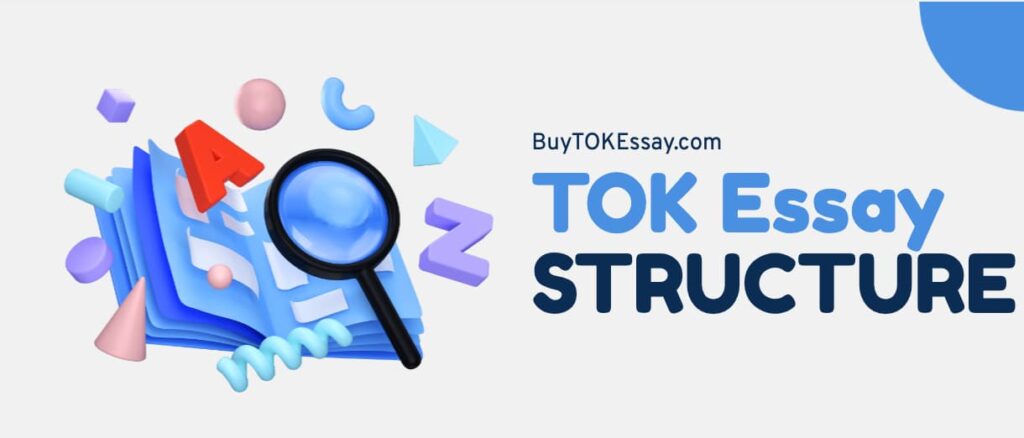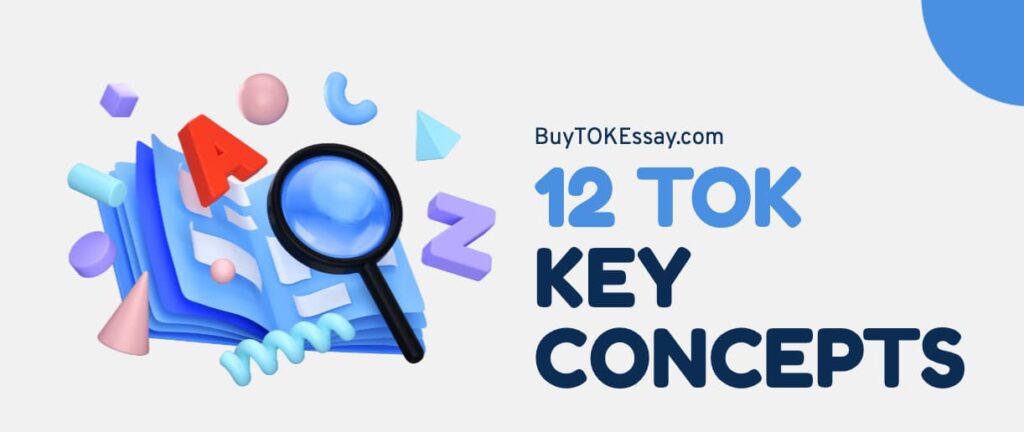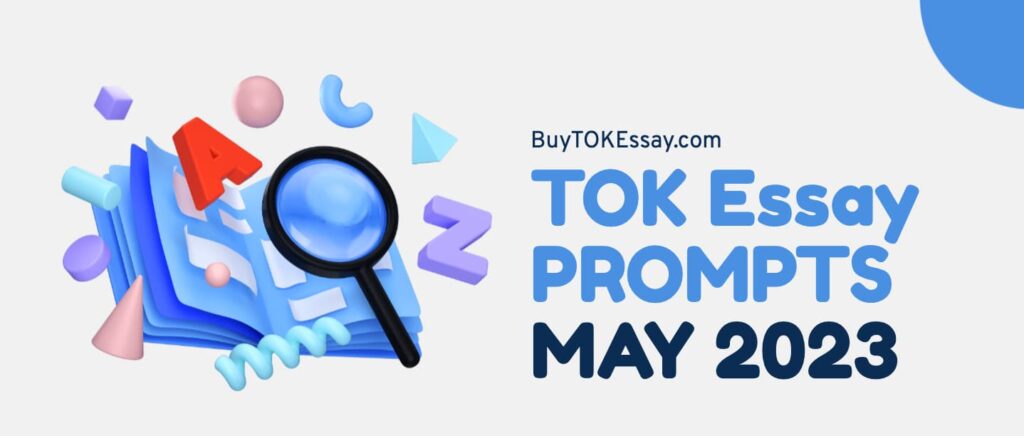Are you ready for a visual feast of an essay? Well, buckle up, because we’re about to dive into the world of visual representation and explore the question of whether or not they’re always helpful in the communication of knowledge.
Just like a good meme, a well-designed graph or a thought-provoking photograph, an excellent TOK essay should be able to grab your attention and make you think. And that’s exactly what we’re going to do!
We’ll be looking at different types of visual representation, such as diagrams, illustrations, graphs, charts, maps, and photographs. Then, we’ll explore how they can be helpful or not in the communication of knowledge, depending on the context.
We’ll also consider the limitations of visual representation, such as the limitations of charts in representing complex data, or the limitations of photographs in representing the reality of a situation.
This is not a simple black-and-white question, it’s more like a colorful spectrum of possibilities. So, let’s put on our thinking caps, grab some examples and have some fun exploring the world of visual representation and its relationship with knowledge.
Tips on writing TOK essay on title #5
Let me provide you with several suggestions to complete your TOK essay May 2023 prompt #5. Are visual representations always helpful in the communication of knowledge?
Understand the question:
Clearly understand the question being asked and what is being asked of you. In this case, the question is whether visual representations are always helpful in communicating knowledge.
Develop a clear thesis:
Develop a thesis statement that clearly states your position on the topic. For example, “Visual representations can be helpful in the communication of knowledge, but it depends on the context and purpose of the representation.”
Use real-life examples:
Use specific examples from different areas of knowledge to support your thesis and illustrate your points. For example, you could use the example of a medical illustration in a textbook to communicate complex medical information to students or the use of infographics to present statistical data clearly and concisely.
Consider counterarguments:
Consider any potential counterarguments to your thesis and address them in your essay. For example, one counterargument could be that visual representations can be misleading or misinterpreted.
Use different types of visual representation:
Provide examples of different types of visual representation, such as diagrams, illustrations, graphs, charts, maps, and photographs. Afterward, you will explain how they can be helpful or not in the communication of knowledge, depending on the context.
Discuss the limitations of visual representation:
Discuss the limitations of visual representation in the communication of knowledge, such as the limitations of charts in representing complex data or the limitations of photographs in representing the reality of a situation.
Summarize and conclude:
Summarize the main points of your essay and restate your thesis. Finally, offer a conclusion on the topic, highlighting the importance of understanding the context and purpose of visual representation in the communication of knowledge.
Reflect on the knowledge issue:
Reflect on the knowledge issue being addressed and how it is connected to the real-world examples you used in your essay.
It’s important to remember that visual representations are not a one-size-fits-all solution and that they can have limitations depending on the context and purpose they are being used for.
By providing examples from different areas of knowledge, evaluating counterarguments and reflecting on the knowledge issue being addressed, you can write a well-rounded essay on the topic.
So let’s get a better idea of areas of knowledge that can be used for this title.
AOKs for TOK essay prompt #5
- Art and Aesthetics: Art and aesthetics can provide insight into how visual representations can be used to communicate emotions, ideas, and experiences. They can also offer perspective on the role of visual representation in the creation and interpretation of art.
- Science: Science can provide examples of how visual representation such as diagrams, illustrations, graphs, charts, maps, and photographs can be used to communicate complex scientific concepts and data.
- History: History can offer examples of how visual representation have been used to communicate information and influence public opinion throughout history, such as the use of political cartoons and propaganda posters.
- Psychology: Psychology can provide insight into how visual representation can influence perception, memory, and decision-making, as well as how our brains process visual information.
- Media and Communication: Media and communication can provide a framework for understanding how visual representation is used in different forms of media and communication, such as advertising, journalism, and social media, and how it can be used to shape public opinion.
RLS for the May 2023 Prompt #5
Let me give you some great examples of different real-life situations, suggested by BuyTOKEssay.com experts, that can be used to complete the TOK essay on the topic: “Are visual representations always helpful in the communication of knowledge?”
The use of infographics in data journalism:
Infographics are a type of visual representation that can be used to present complex data in a clear and concise way. They can be used in data journalism to help readers understand and make sense of large amounts of information.
For example, an infographic can be used to present the results of a survey in a way that is easy to understand and visually appealing.
The use of medical illustrations in textbooks:
Medical illustrations are visual representations that are used to communicate complex medical information in a clear and precise way. They are often used in medical textbooks to help students understand the anatomy and physiology of the human body.
For example, a medical illustration of the human heart can be used to show the different parts of the heart, its function and how it works.
The use of political cartoons in political satire:
Political cartoons are a type of visual representation that can be used to communicate political ideas and commentaries through satire and caricature. They can be used to criticize politicians, policies and political events, and to create public awareness.
For example, a political cartoon can be used to criticize the government’s response to a certain issue or to mock a political figure.
The use of maps in history:
Maps are visual representations that are used to show the location of places, landmarks and political boundaries. They can be used in history to show how political boundaries have changed over time, to illustrate the movement of armies and to provide context for historical events.
For example, a map of Europe from the 1800s can be used to show the political boundaries of the continent before the World War I and to understand the events that led to the war.
The use of social media in shaping public opinion:
Social media platforms, such as Facebook and Twitter, use visual representations, such as images and videos, to communicate information and to shape public opinion. These visual representations can be used to create a sense of immediacy and emotional engagement, which can influence the way people perceive and respond to information.
For example, a photograph of a protest shared on social media can be used to create a sense of urgency and to mobilize people to take action.
Additionally, the use of social media algorithms can also shape what information users are exposed to and can create “echo chambers” where people are only exposed to information that confirms their existing beliefs. This can lead to the suppression of dissenting voices and the reinforcement of certain ideas, which can have a powerful impact on public opinion.
Ready to work on the Topic #5?
In conclusion, the topic of whether visual representations are always helpful in the communication of knowledge is a complex and multi-faceted one. We’ve looked at different types of visual representation, such as infographics, medical illustrations, political cartoons, maps, and social media, and how they can be used to communicate knowledge in different ways.

Need help with your IB TOK essay?
Unlock your potential and unleash the brilliance of your TOK essay with the help of our experts at BuyTOKEssay.com! Whether you’re starting from scratch or fine-tuning your existing essay to meet the demands of your supervisor, our team is here to make your dream of a perfect paper a reality. Say goodbye to writer’s block and hello to success with just one click.
Some other TOK essay prompts explained in detail:
- Prompt #1. Is replicability necessary in the production of knowledge?
- Prompt #2. For artists and natural scientists, which is more important: what can be explained or what cannot be explained?
- Prompt #3. Does it matter if our acquisition of knowledge happens in “bubbles” where some information and voices are excluded?
- Prompt #4. Do you agree that it is “astonishing that so little knowledge can give us so much power” (Bertrand Russell)?
- Prompt #6. To what extent is the knowledge we produce determined by the methodologies we use?
From the beauty of a Monet painting to the power of a well-designed graph, visual representation can be a powerful tool to convey knowledge and ideas.
But remember, just like a good meme, not all visual representations are created equal. Some visual representations can be misleading or misinterpreted, and it’s essential to consider the context and purpose of the representation.
So, next time you see an infographic, a map, or a political cartoon, take a closer look and try to understand the message behind it. And most importantly, don’t forget to have some fun while exploring the world of visual representation.





